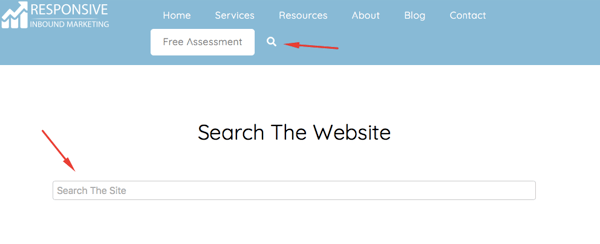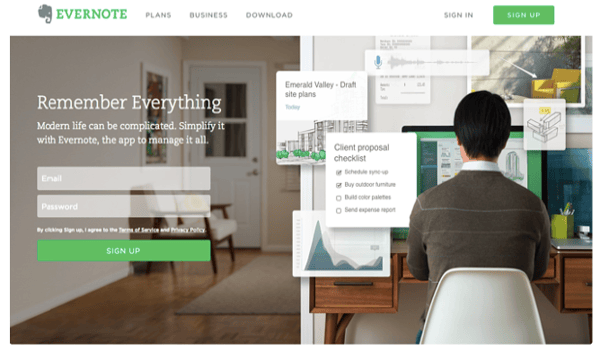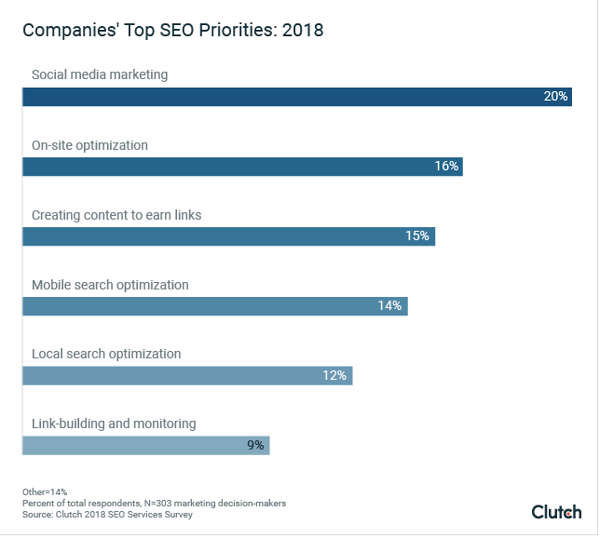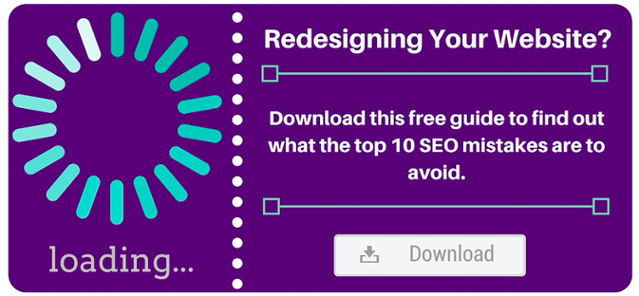Chances are if you’re reading this article, you’re planning on revisiting your website design, and you need tips on how to start. While it’s no small task or investment, it’s a smart business move that will pay off in the long run. Here’s why.
Did You Know?
94% of people judge websites based on responsive web design.
First impressions matter, and web pages need to meet users’ expectations in terms of overall experience, including layout, easy navigation and mobile-friendliness.
[DOWNLOAD]

So if your website isn’t responsive, you risk losing conversions, credibility and overall revenue. And you wouldn’t be alone. Lots of businesses take the leap to redesign their websites for various reasons, and among the ones that we’ve seen have included the following objectives:
- Create a better user experience
- Update design and improve performance
- Make the site responsive and adjust to different devices, like tablets and smartphones, not just desktops
- Optimize the buyer journey and convert more leads
- Align website goals with a solid marketing strategy
Whatever your reasons may be, here are some best practices you should prioritize in 2019 to optimize your site.
1. Make your site easy to navigate
Is it easy to find what you want your prospects to find on your website? Do you limit the number of choices on your navigation bar to keep it simple? Are these choices clear and compelling to the visitor?
These are the types of questions you should ask yourself to create a better user experience.
At the risk of sounding like a broken record, it’s important to have responsive design. What exactly does that mean for you?
All it means is to give your visitors an easy and user-friendly experience, like having simple navigation. Here are more responsive components to consider:
2. Optimize your site for mobile
Did you know that 88% of visitors are less likely to come back to a site after a bad experience? You’ve got one chance to hook them, so make sure you test out every aspect of your site, especially to check if everything fits perfectly on a smaller screen size.
Look at whether the text is easily readable, and links and navigation are easily clickable.
3. Add a search bar
Does your site offer visitors the option to search for specific content? This very small but important feature can increase the level of activity on your site, allowing visitors to explore and find more information on their own terms.

Blog: 10 of the Best SaaS Website Designs We Love
4. Carefully consider your CTAs, their location and color
To guide your visitors through the buying process as seamlessly as possible, strategic call-to-action buttons are your best bet. There are several factors that go into designing CTAs that drive conversions.
Some of these factors include the location in which you place your CTA button. For optimal results, put it above the fold (in the first part you see on a web page before you scroll down) because that’s where people spend the most time.
And make it contrast from the surrounding content, which means you’ll need to decide which colors to use. I found this recent study that tested which button colors get higher conversions. Orange and red buttons generally perform better.

5. Try chatbots
Gartner predicts that chatbots will manage 85% of customer interactions by 2020. More and more businesses are providing online chat because it offers people an easy form of communication. But do people prefer chatbots over talking to a live human?
In a 2018 survey that included 1,000 US consumers, 54% of the responders said they would choose to communicate with a business over online chat rather than a human customer service rep if it saved them time.
6. Speed up your pages
Another important best practice of a website redesign is keeping up with the latest tech standards. Nobody likes to land on a page only to find that its features and graphics take forever to load. You want to give your visitors the most reliable experience as soon as they interact with your site.
To get your visitors to stay on your site longer, here are a few tips to speed it up:
- Compress files
- Fix all broken links that lead to 404 or 405 errors
- Reduce image sizes
- Minimize HTTP requests
- Enable browser caching
- Reduce redirects
- Use a CDN (Content Delivery Network)
7. Optimize your content's technical structure
Last, but certainly not least, your SEO strategy should be optimized to get higher search rankings and organic traffic. This means you need to go beyond just adding keywords to your blog. You need to consider on-site optimization, such as structured and clean URLs. This will help search engine spiders understand what your pages are about and rank your site higher.
The following graphic shows what other businesses are prioritizing for their websites, and on-site optimization ranked second on the list:

Want to learn more about this topic? 10 SEO Mistakes to Avoid During Your Next Website Redesign is a helpful guide we put together just for you.
